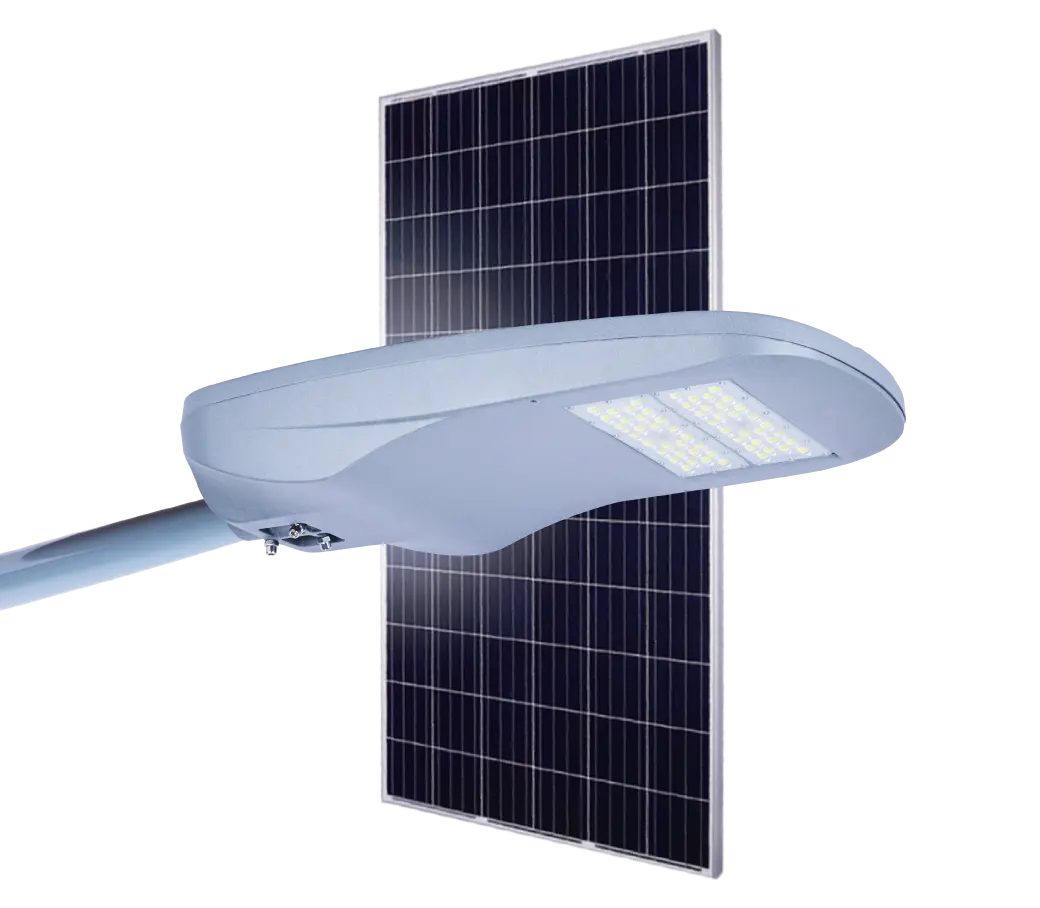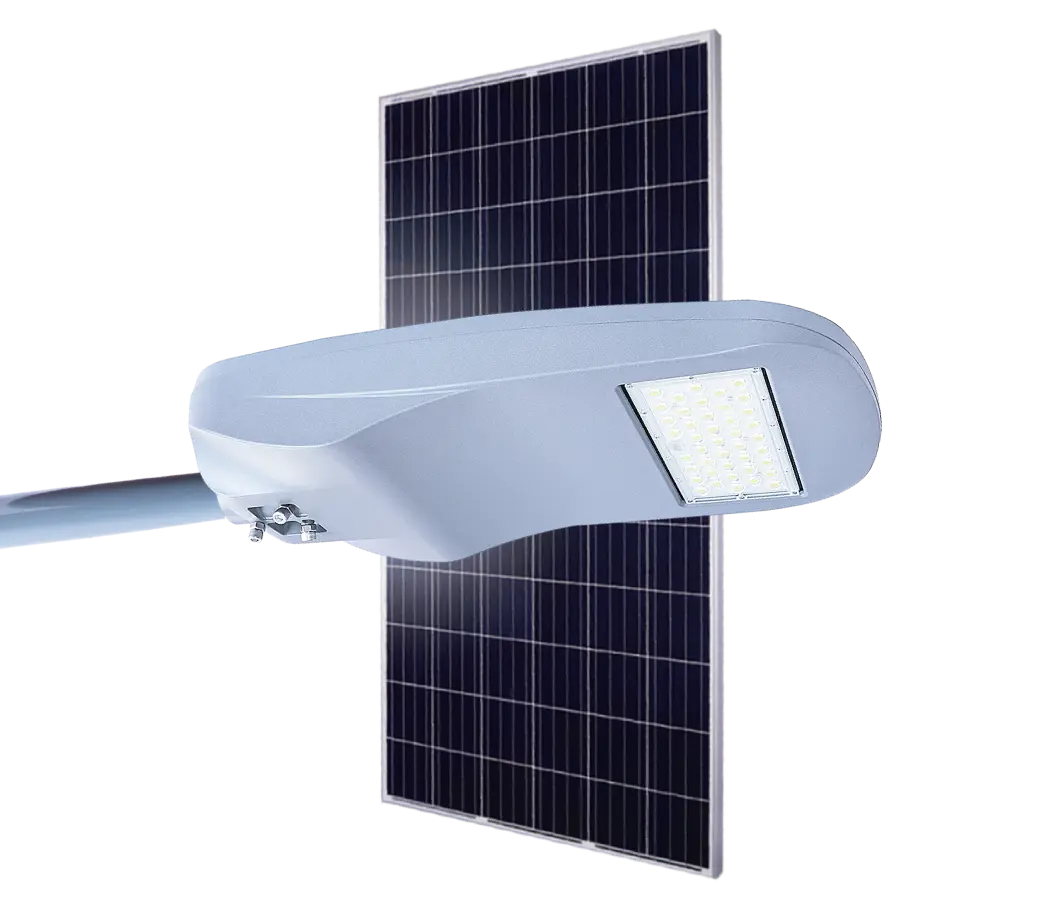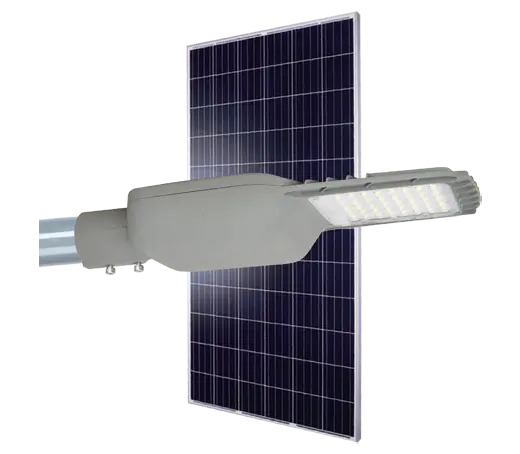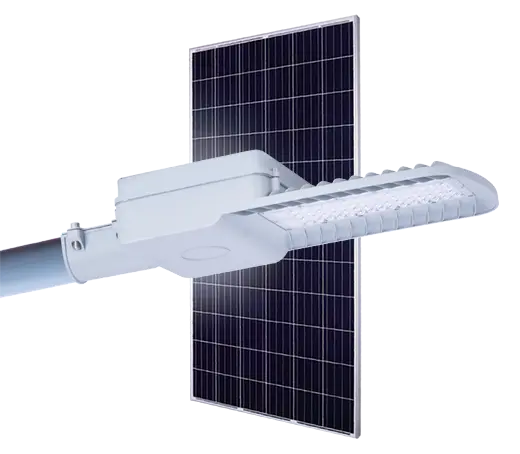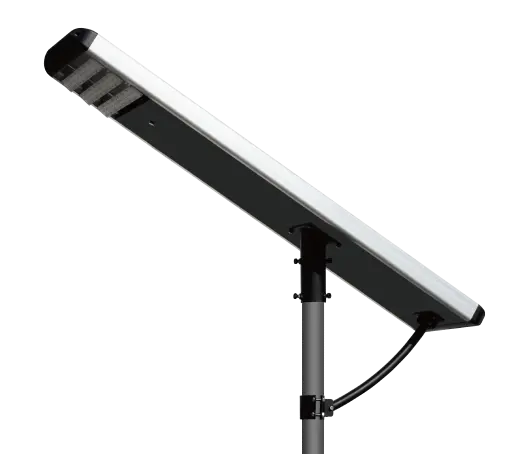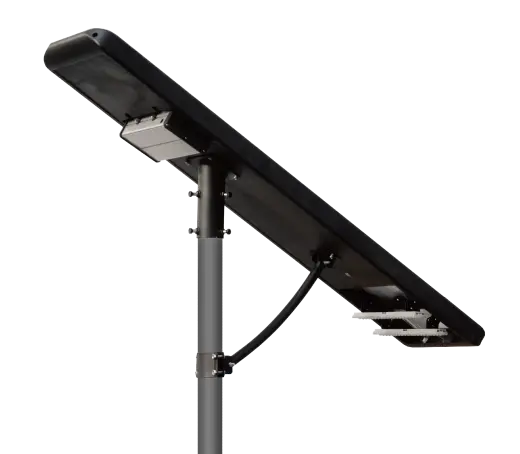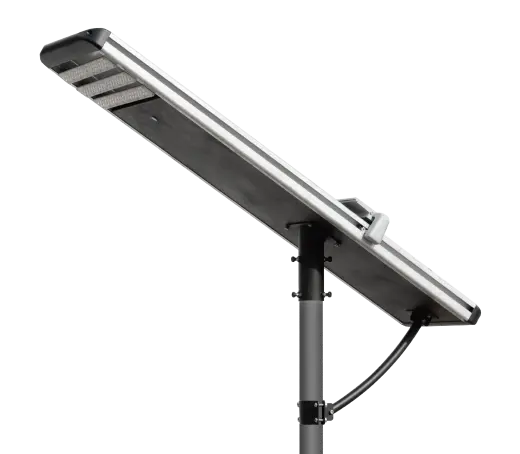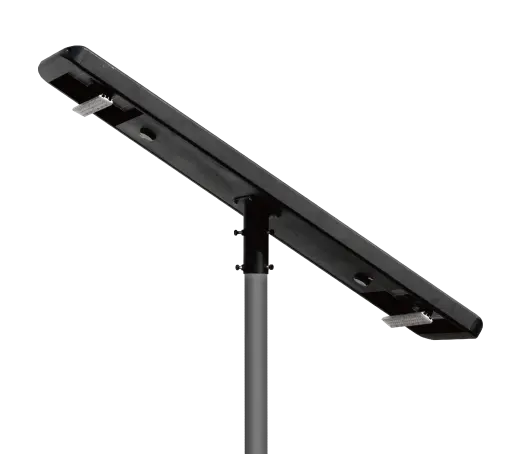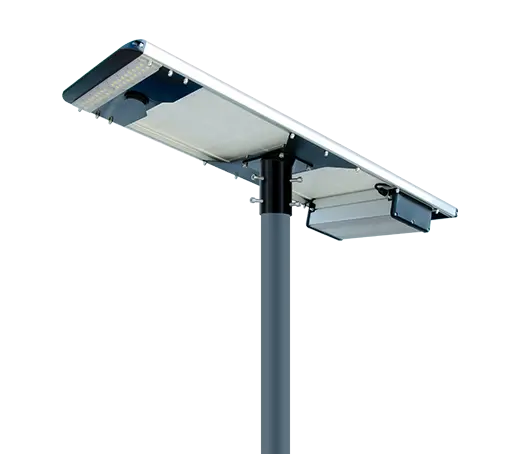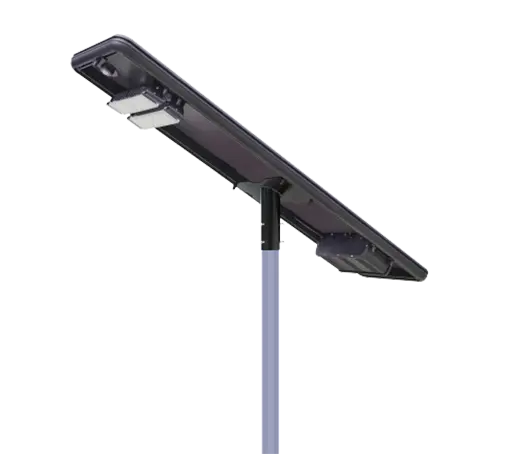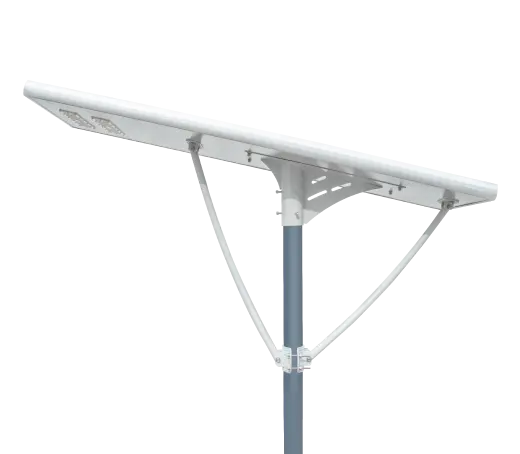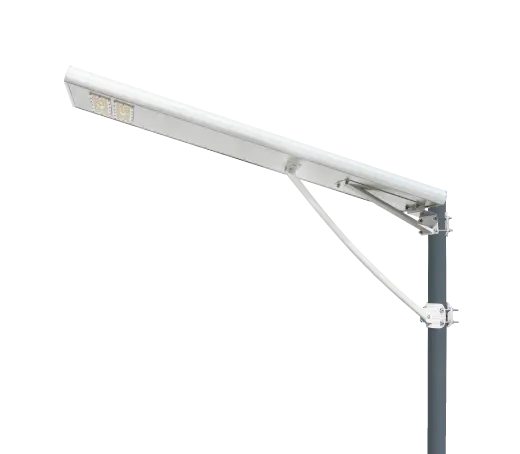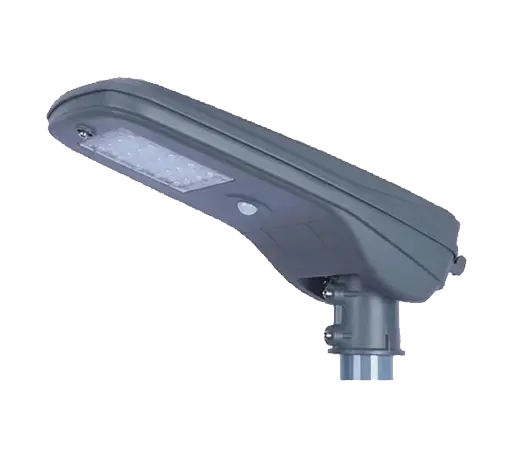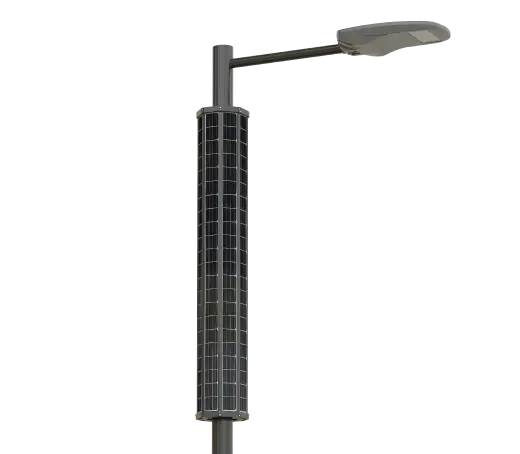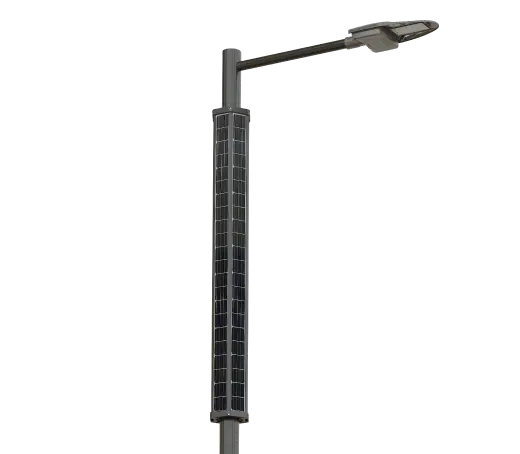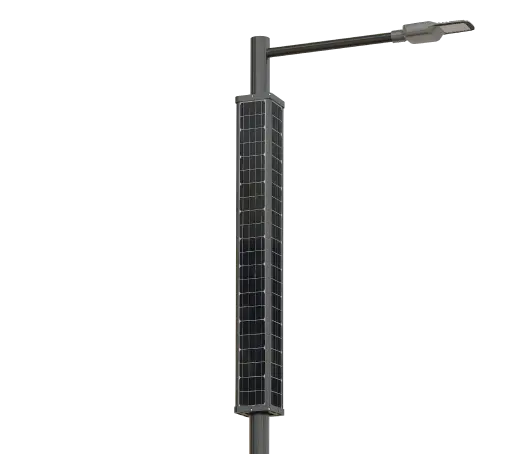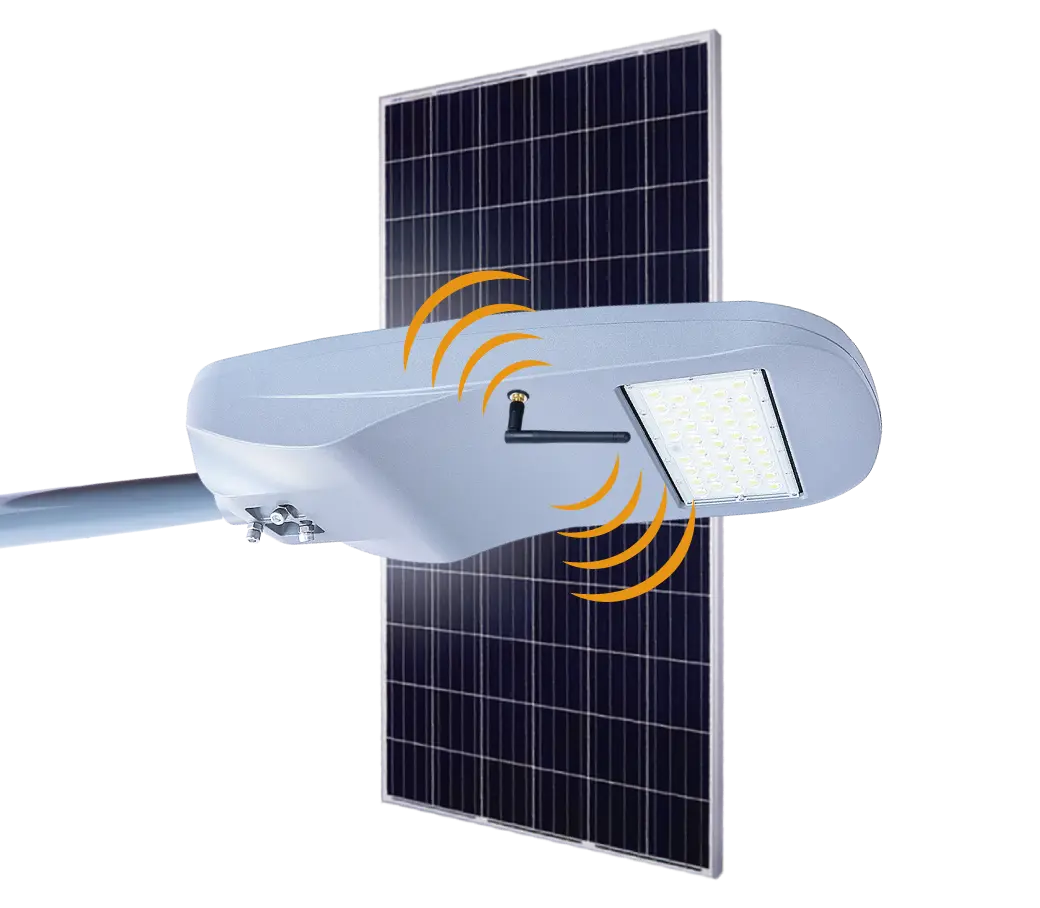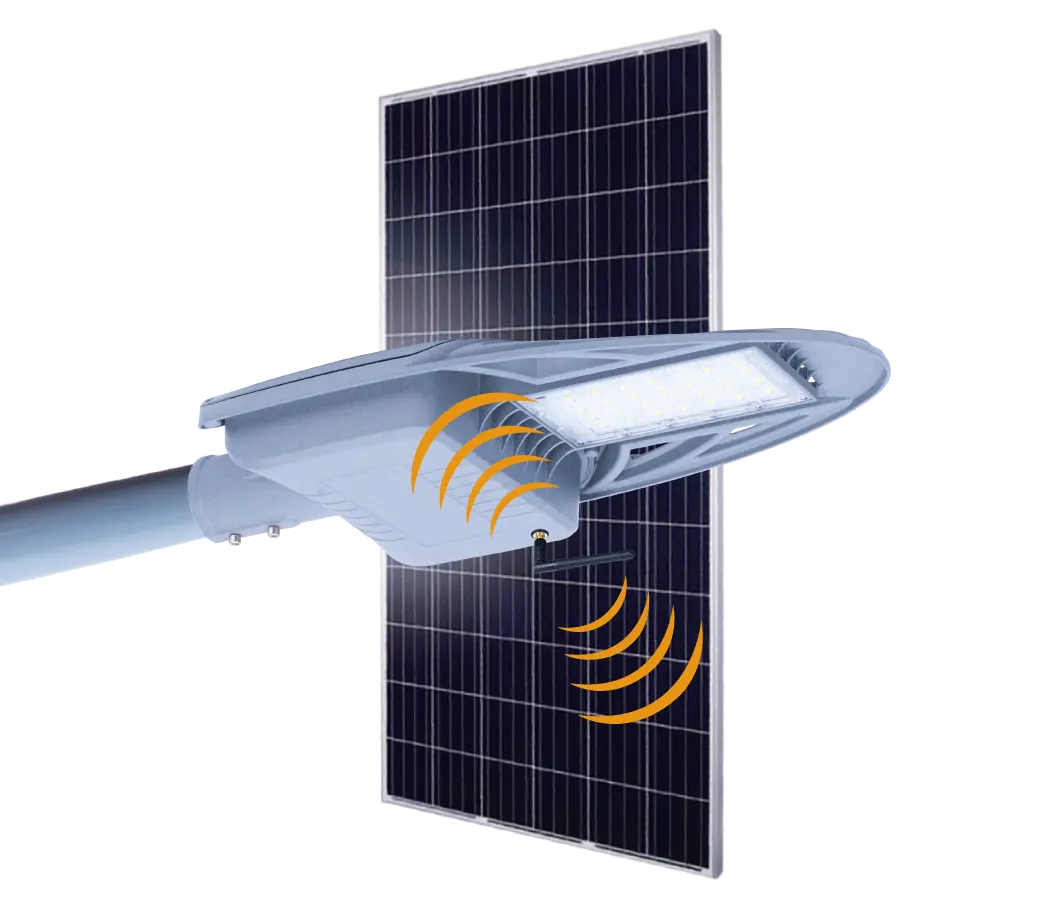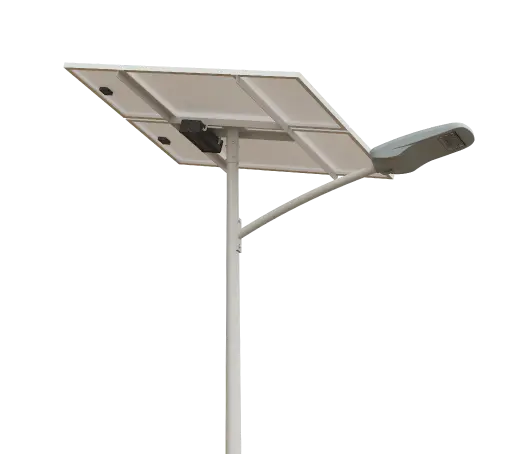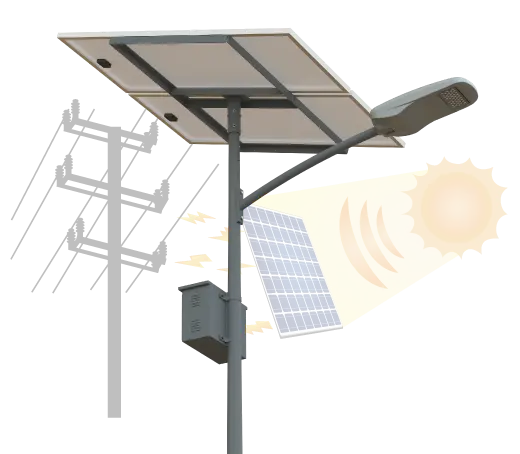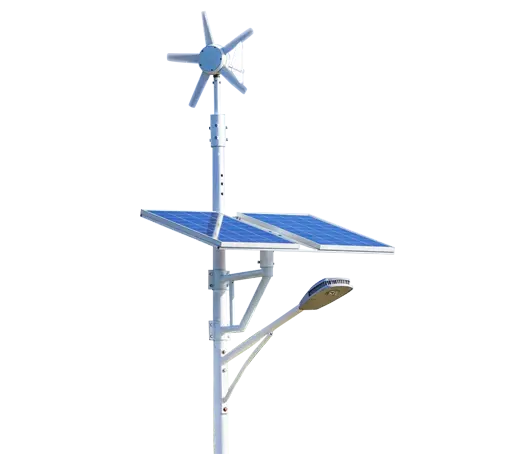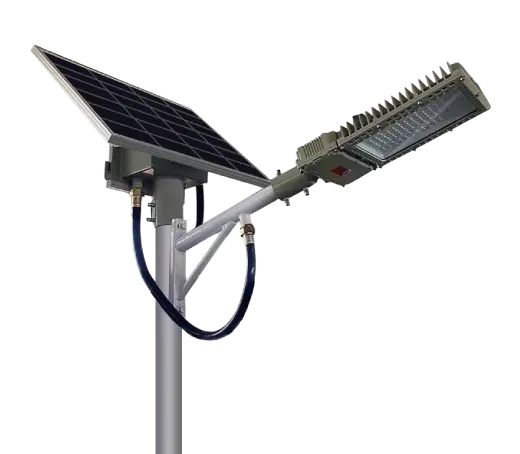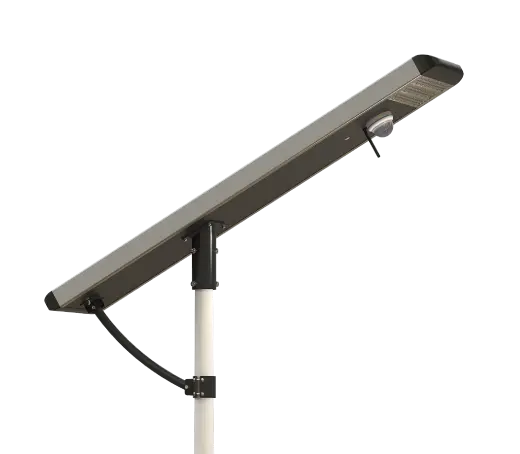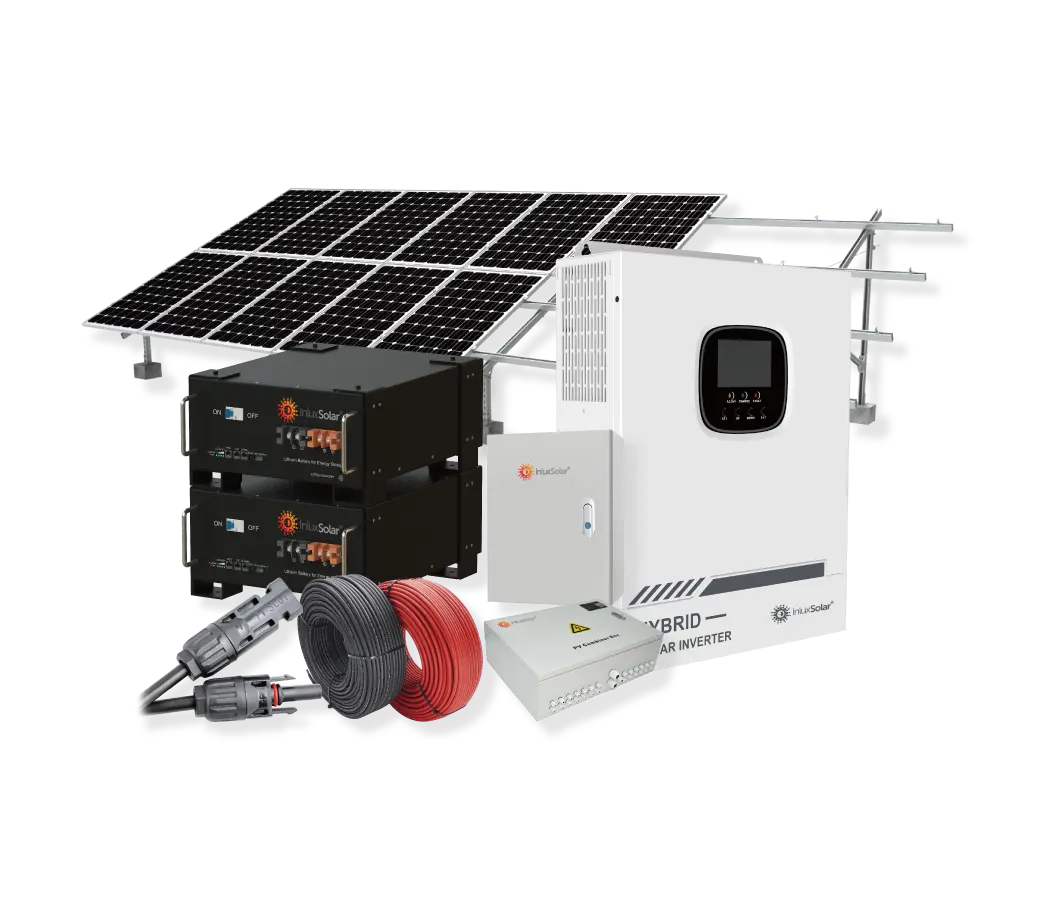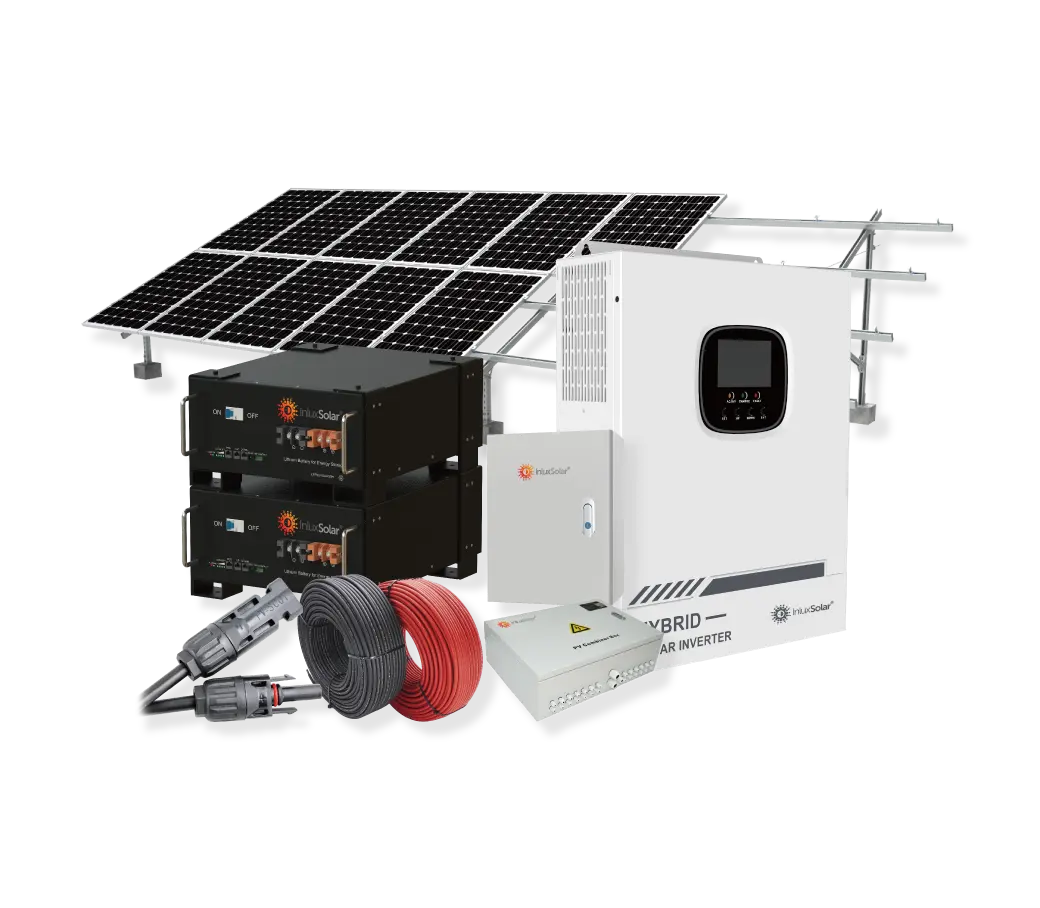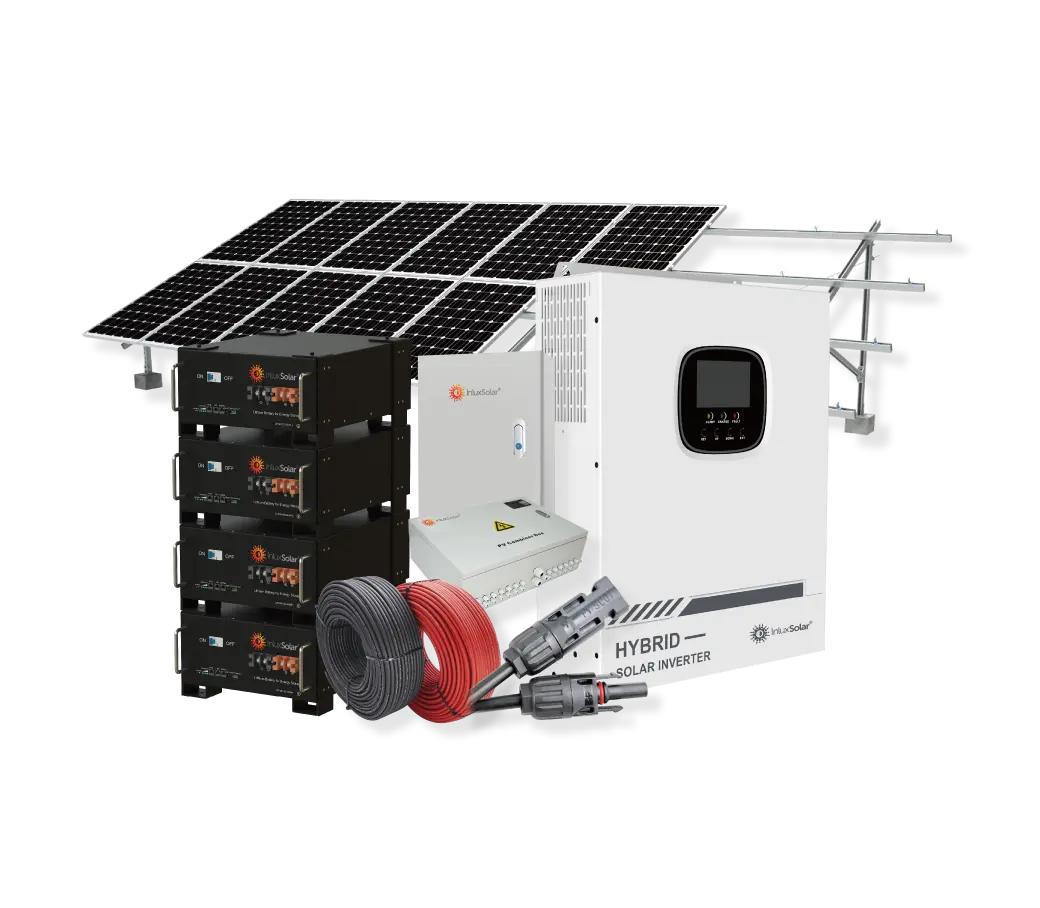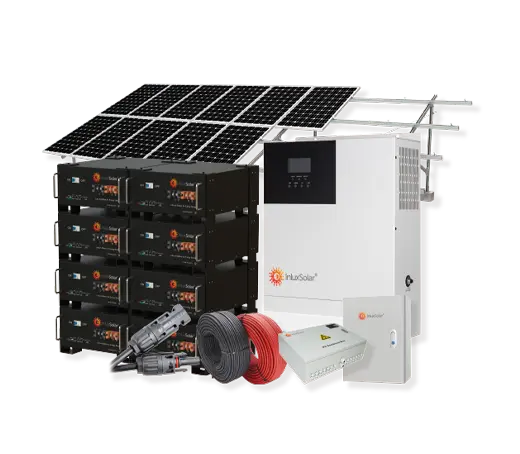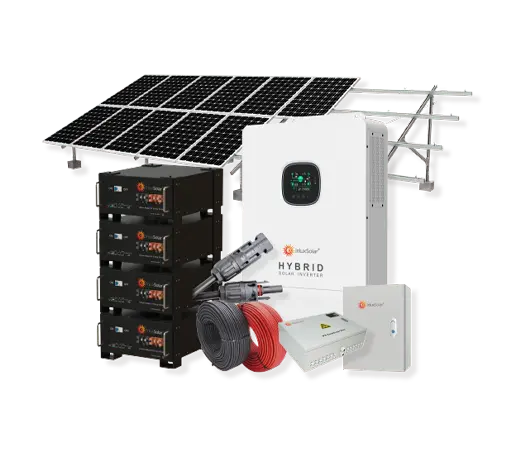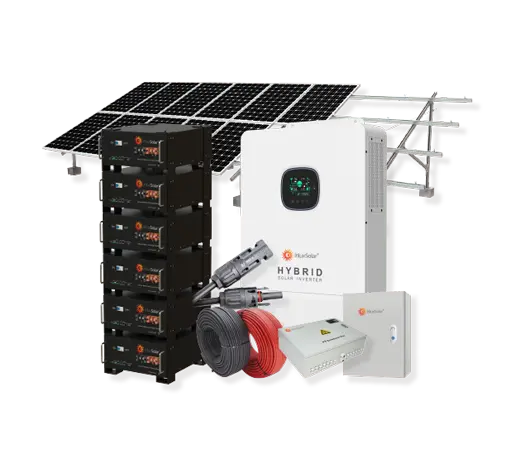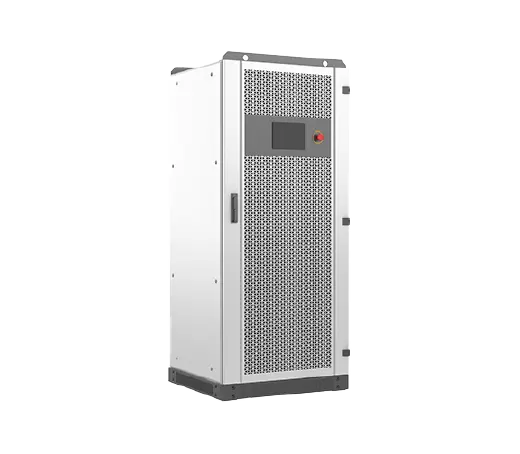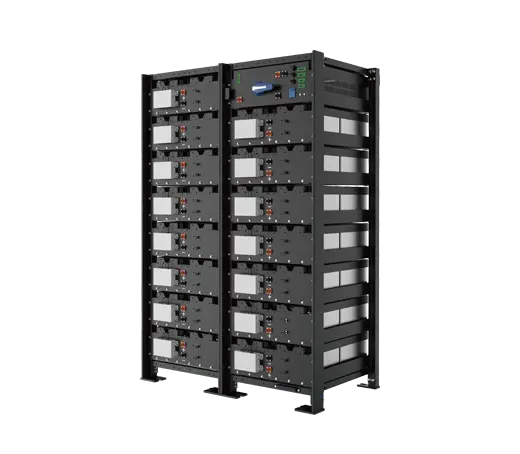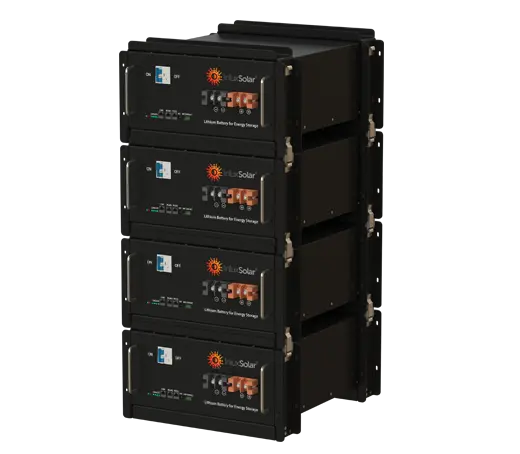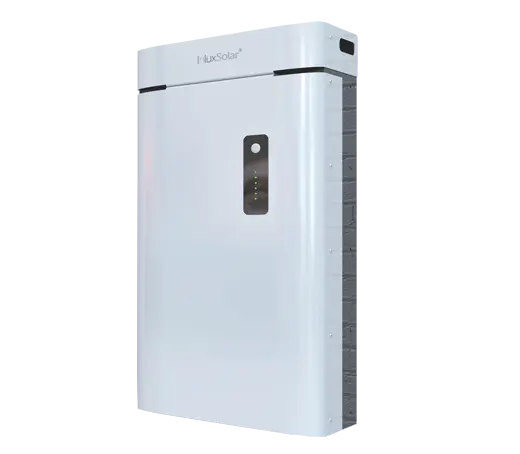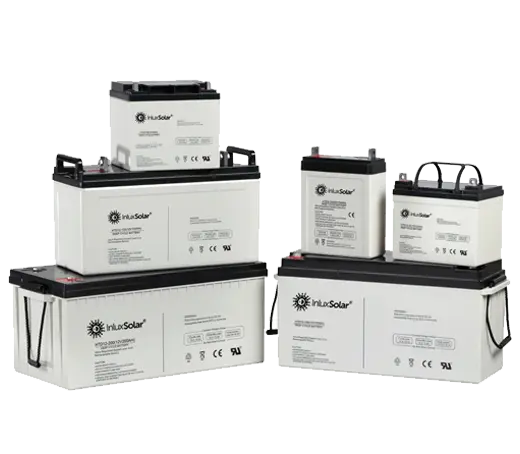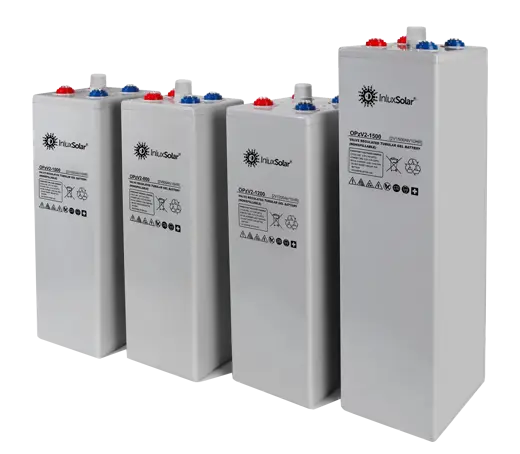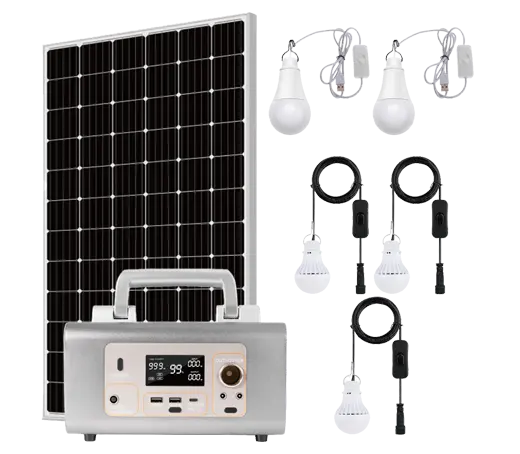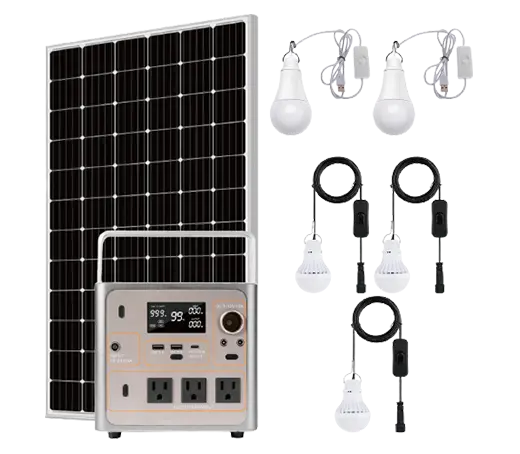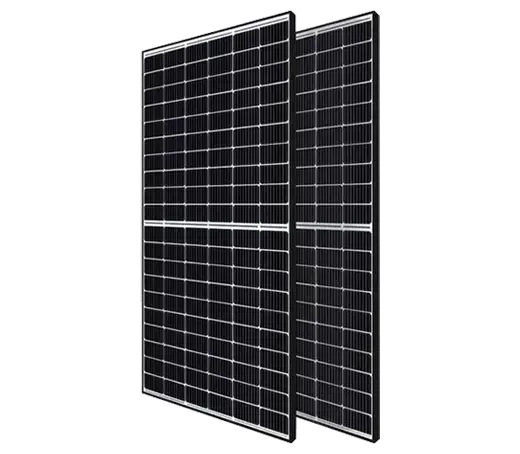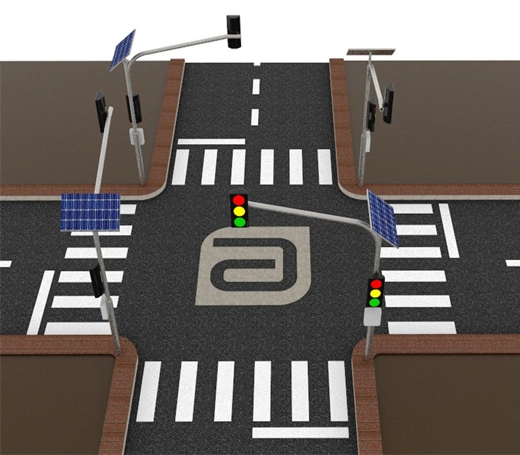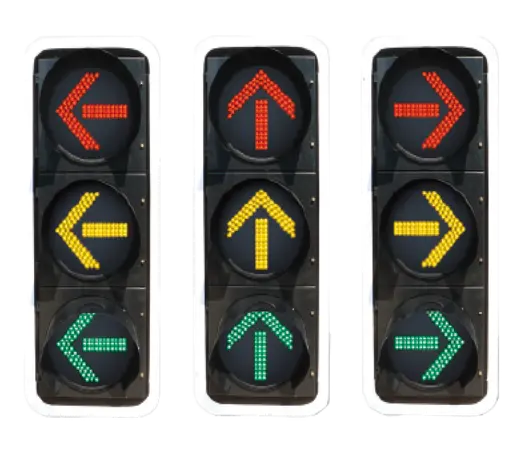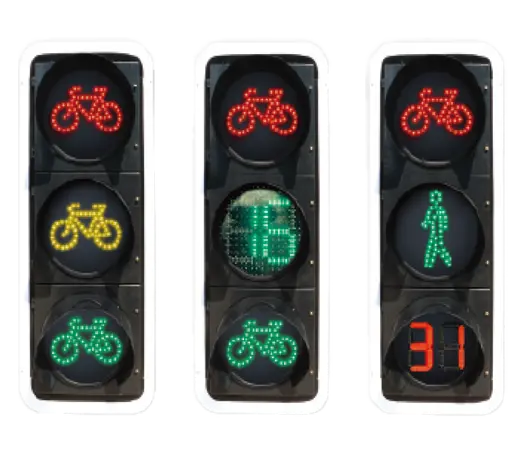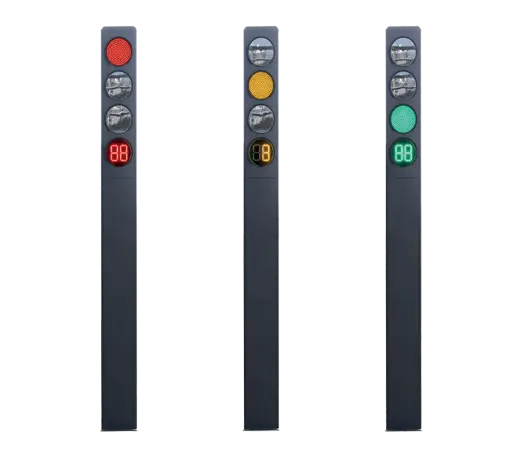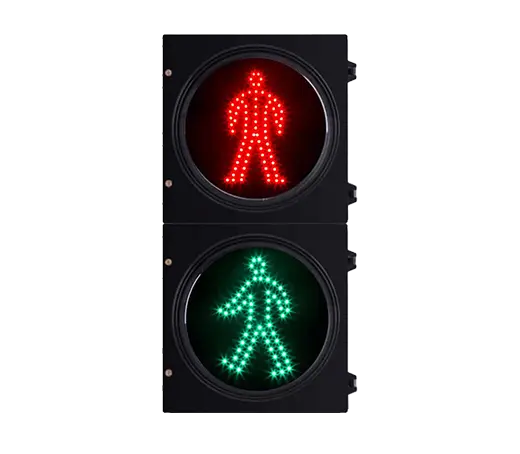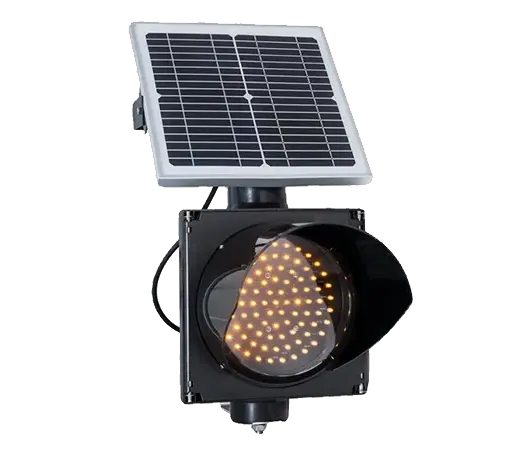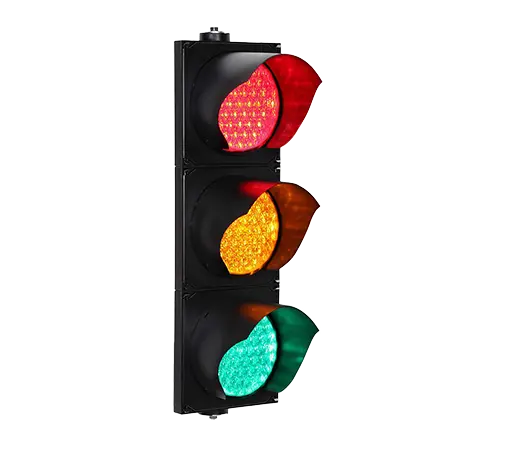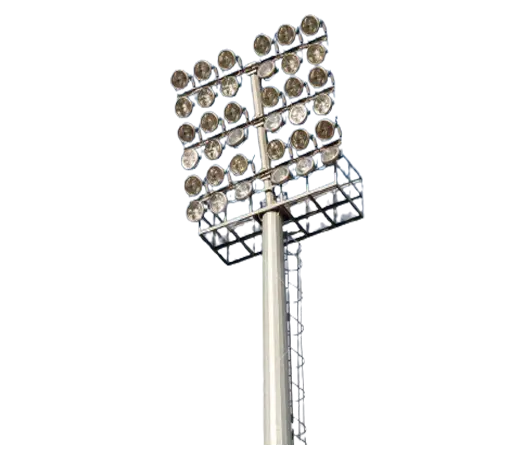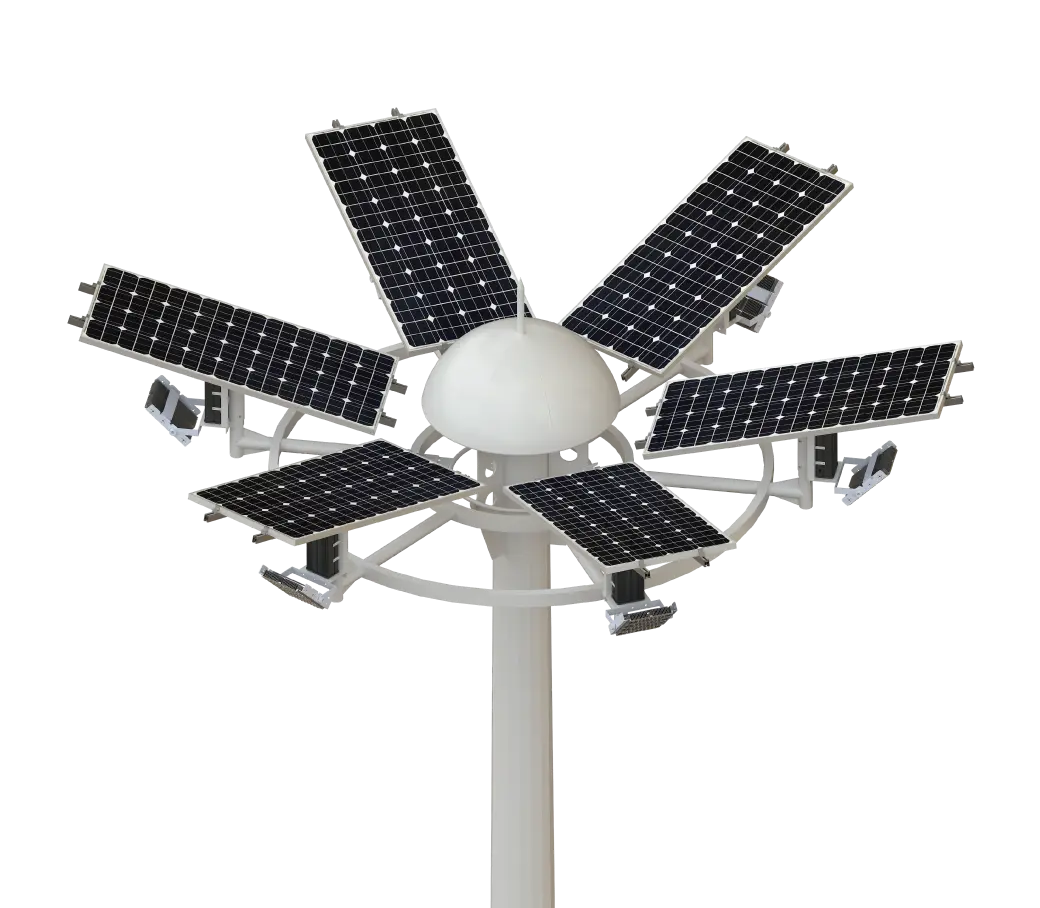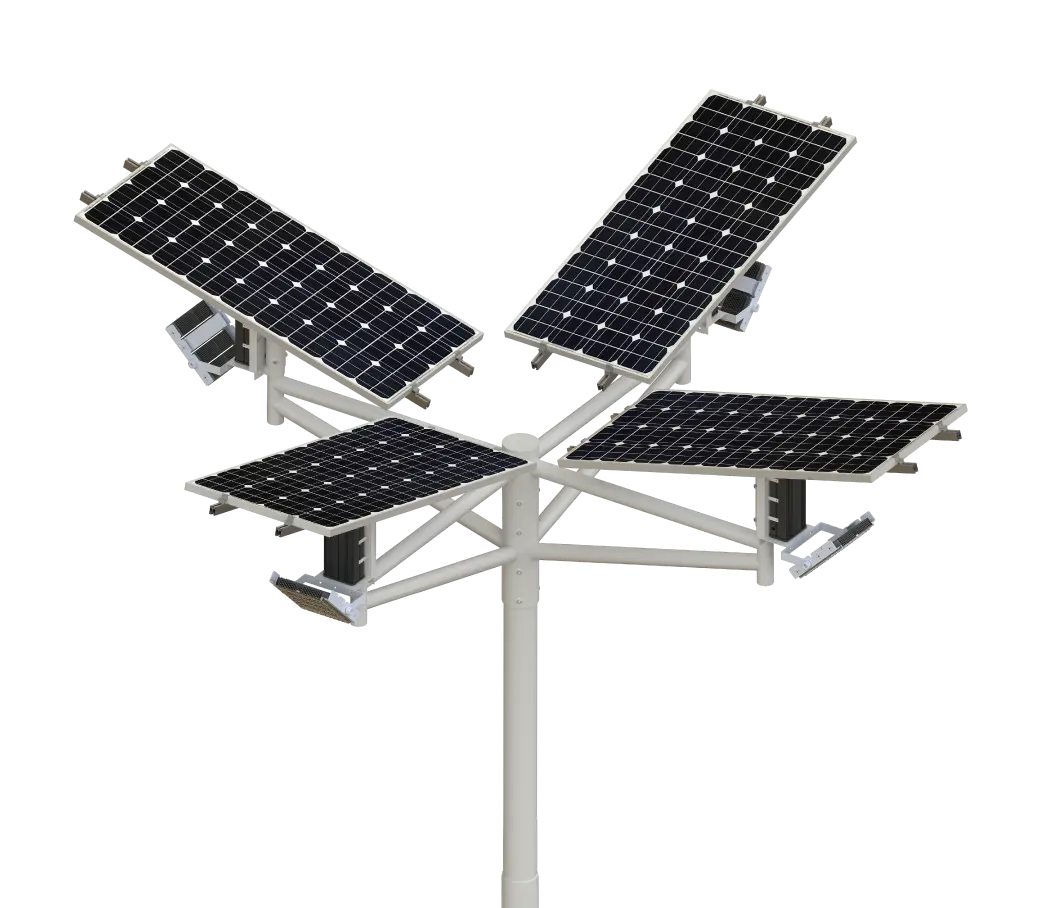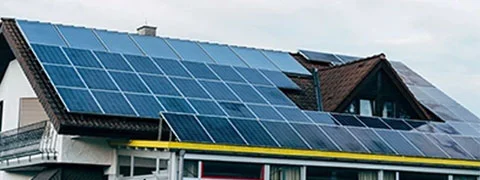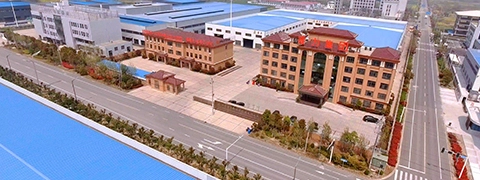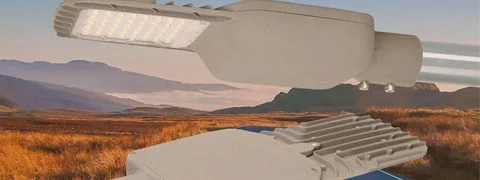In the ever-evolving landscape of renewable energy, solar power systems play a pivotal role in reshaping the way we harness and utilize sunlight for electricity. Understanding the various types of solar power systems is crucial in navigating the diverse applications and benefits they offer.
I. Grid-Tied Solar Power Systems
Grid-tied solar power systems are designed to operate in conjunction with the electrical grid. They can be categorized into two main modes: "self-use with surplus energy fed to the grid" and "full grid supply."
1. Self-Use with Surplus Energy Fed to the Grid
Distributed solar photovoltaic (PV) systems typically adopt the "self-use with surplus energy fed to the grid" mode. In this scenario, electricity generated by solar panels is prioritized for on-site consumption. Excess energy not utilized by the load is seamlessly fed back into the grid. During periods of insufficient solar power supply, both the grid and the PV system can collaborate to meet the load demand.
II. Off-Grid Solar Power Systems
Off-grid solar power systems operate independently of the electric grid and are commonly employed in remote areas, off-grid communities, islands, communication stations, and street lighting. Consisting of solar panels, solar controllers, inverters, batteries, and loads, these systems convert solar energy into electricity when sunlight is available. During periods of darkness, power is supplied to AC loads through battery storage via inverters.
2. Hybrid Off-Grid Energy Storage Systems
Hybrid off-grid energy storage systems integrate solar panels, a solar inverter, batteries, and loads. In the presence of sunlight, solar panels convert solar energy into electricity, supplying power to both loads and charging the batteries. During periods of darkness, the batteries provide power to the loads through an inverter. This system, compared to grid-tied systems, includes charge-discharge controllers and batteries. In the event of a grid outage, the solar system can continue functioning, and the inverter can switch to an off-grid mode, ensuring a continuous power supply.
III. Grid-Tied Energy Storage Systems
Grid-tied energy storage systems in solar PV setups are designed to store excess generated power, enhancing self-consumption rates. Comprising solar panels, solar controllers, batteries, grid-tied inverters, current detection devices, and loads, these systems function by providing power jointly with solar and the grid when solar power is insufficient. When solar power exceeds load demands, the excess is stored for later use.
3. Microgrid Systems
Microgrid systems represent a novel network structure, encompassing distributed energy sources, loads, energy storage systems, and control devices. Microgrids convert dispersed energy sources into electricity, supplying local loads. Microgrids are autonomous systems capable of self-control, protection, and management. They can operate both connected to the main grid and independently.
Microgrids effectively combine various types of distributed energy sources, optimizing energy usage and promoting the integration of renewable energy. They serve as a practical solution for ensuring a reliable and diverse energy supply, contributing to the transition from traditional power grids to intelligent, self-sustaining networks.
In conclusion, the world of solar power systems is diverse, catering to a range of applications and environmental conditions. Understanding the nuances of each type is crucial for harnessing the full potential of solar energy and paving the way towards a cleaner and more sustainable future.


 SolutionsInlux Solar Street Lights are designed to provide energy-efficient lighting solutions for a wide range of applications. They are particularly suitable for use in rural areas, highways, city streets, public parks, sidewalks, parking lots, and commercial properties.
SolutionsInlux Solar Street Lights are designed to provide energy-efficient lighting solutions for a wide range of applications. They are particularly suitable for use in rural areas, highways, city streets, public parks, sidewalks, parking lots, and commercial properties. Projects1000+ Projects in 100+ Countries
Projects1000+ Projects in 100+ Countries About UsAs a Leading international manufacturing company, INLUX SOLAR develops and manufactures advanced solar outdoor lighting and power system solutions for the worldwide commercial & municipal projects.
About UsAs a Leading international manufacturing company, INLUX SOLAR develops and manufactures advanced solar outdoor lighting and power system solutions for the worldwide commercial & municipal projects. English
English français
français Español
Español
